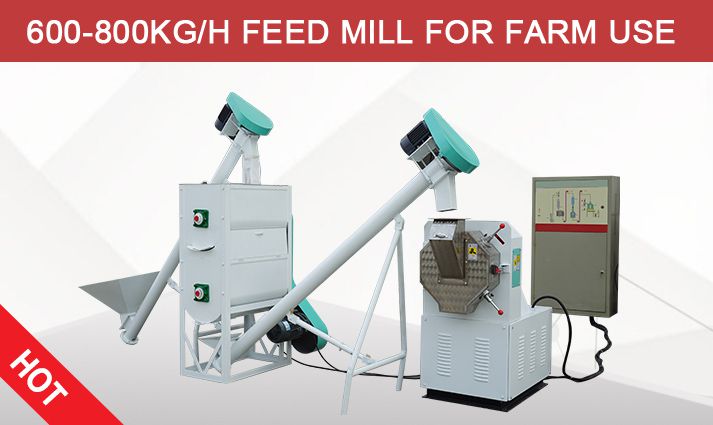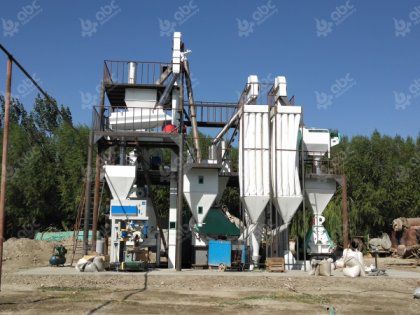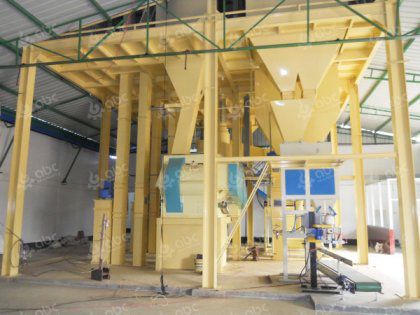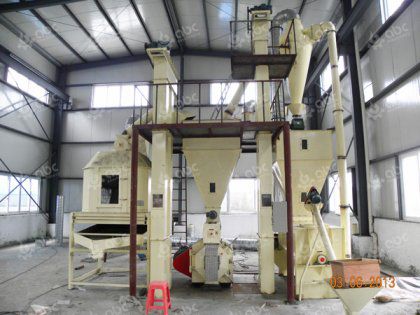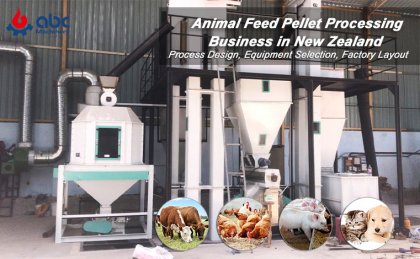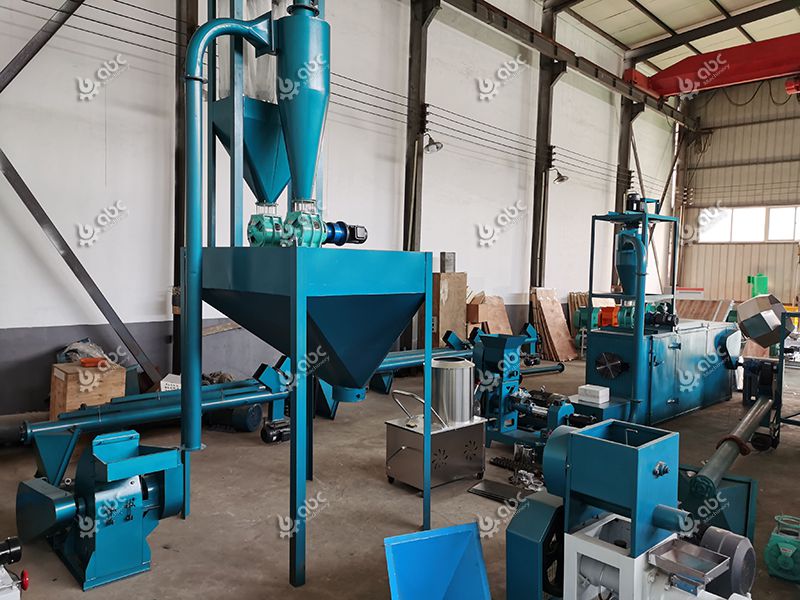The Agriculture industry has benefitted largely from engineering. Pellet machines are not just benefitting the fuel industry alone, but have transcended into cutting both costs and time for farmers. Gone are the days where farms had to spend a copious amount of time in manually foraging for feed for their livestock. Industrial machinery has revolutionized the process of feeding by automating the process and helping in scaling production for farmers. Animal feed requires drastically less effort than its preceding counterparts through the poultry feed pellet making machine. Within the vast benefits that come from formulating animal feed, chickens, ducks and other domestic birds are reaping the most out of the compound granules generated by poultry feed pellet maker machine. According to an official report, 70% of all commercial poultry feed produced in the United States was pelleted. Poultry feed is made by the use of pellet making machines to provide the farmer with mechanically woven feed without compromising the organic nutrients. A double-win for production and maintenance
Grain, vitamin supplements, and beans are part of the large variety of nutritional sources found in poultry feed. Poultry feed is dependent on many factors such as weather, weight, age, and quality of production. Pellet feed making machines help to create the favorable conditions that support the requirements of feed. Here are a few benefits of the poultry feed machine

What are the benefits of using a poultry pellet making machine
1. Modern technology: A compact solution to its industrial predecessors
2. Doesn’t compromise nutritional value
3. Reduces waste in poultry feed making
4. Makes poultry feed easily digestible
5. Kills toxins
Poultry feed is a development that was part of an attempt to help farmers keep up with the demands of efficiently feeding a large number of animals. Pellet machines used to be too large for the average household. Compact pellet machines are now convenient for most household farmers. This is mostly owed to the use of new machines with a single-phase power that is supported by an average houses power source. Even at this structural compromise, a single unit of the poultry machine is able to pelletize an array of substances into animal feed and fertilizer derived from the likes of plant matter and other sources. The standard rate is half a tonne p/h(usually 150 KGs) for most machines, which is functional for small production
-
Doesn’t compromise nutritional value
A pellet machine formulates mash from the raw materials by firstly compressing it and then molding it neatly. Massive energy expenditure was required from the manual labor before the employment of the machine. The nutritional value in the formulated mash is not taxed. The ingredients that are paramount to the nurture of livestock are not filtered from the pellets but stick to the byproduct.
-
Reduces waste in poultry feed making
Poultry machines reduce the waste of micro-ingredients that occurs in most techniques used in making poultry feed.
-
Makes poultry feed easily digestible
A pellet-die added to the machine is responsible for making food digestible for chickens and domestic birds. This influences the diameter of the food. Chicken feed is commonly favored to be digestible at a diameter of 3mm
Poultry feed is kept dry and clean by the machine to avoid diseases that arise from fungal growth and toxins in the poultry. The high-pressure temperature of the machine kills bacteria and other toxins in the raw material during the pelletizing process.
Conclusion
The
poultry feed pellet making machine will make a healthy compound feed whether the source of the feed is seeds, corn, cereals, bran, legumes and other nutritional additives. Most of the machines comprise of diesel and electric powered motors. A great help to the Agriculture industry in cutting production costs while scaling for growth.


